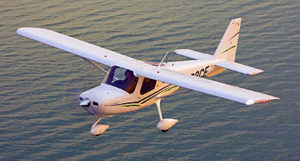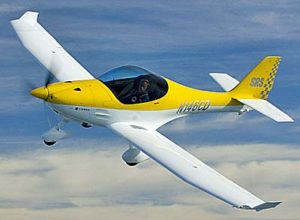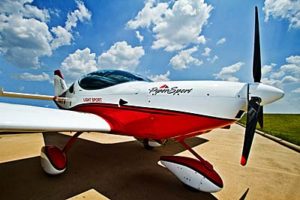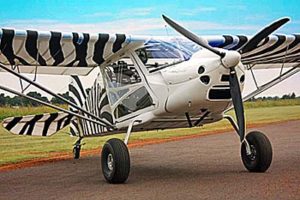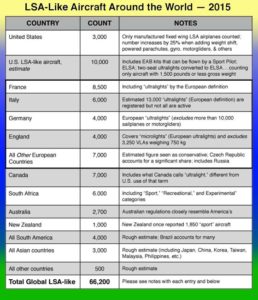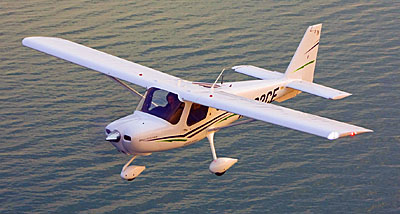
This month, I had an email exchange with a leader in aviation. I debated if I should reply. For a time, I did not but I felt compelled given the person’s stature. I was driven to attempt informing those this individual might influence. I further pondered if I should write an article about it, but I feel one must confront potential errors if for no other reason than to promote healthy dialogue. I am not to going reveal with whom I had this exchange. Personality isn’t important to the discussion but this person expressed what I suspect represents the opinion of a fair share of general aviation pilots, at least those who have not fully explored recreational aircraft such as LSA, or light kits, or ultralights. The following comes from our second round of email. In the first, the writer referred to LSA “market failings” and I asked what was meant.


